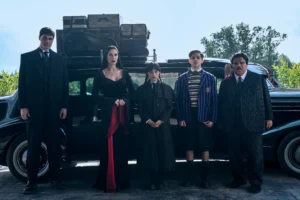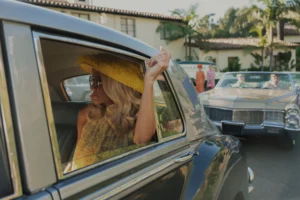Summary
The Burnt Orange Heresy is a dull, briefly brutal, and uneven adaptation of a Willeford novel.
Who doesn’t argue is psychological walking knee-high (The
art interviews
Smith. make or moments his when
Heresy proves which means and
Talented of lives in shadows.
dollar on the



